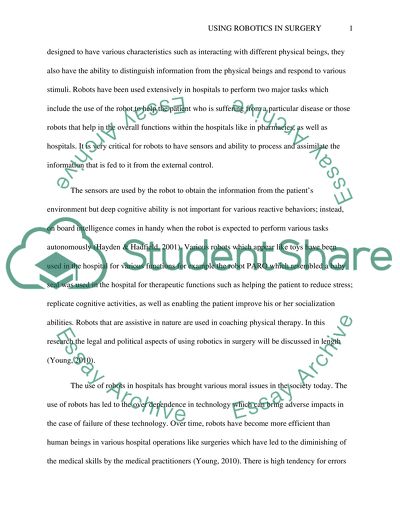Cite this document
(“The legal and political aspects of using Robotics in surgery Essay”, n.d.)
Retrieved from https://studentshare.org/health-sciences-medicine/1399544-the-legal-and-political-aspects-of-using-robotics
Retrieved from https://studentshare.org/health-sciences-medicine/1399544-the-legal-and-political-aspects-of-using-robotics
(The Legal and Political Aspects of Using Robotics in Surgery Essay)
https://studentshare.org/health-sciences-medicine/1399544-the-legal-and-political-aspects-of-using-robotics.
https://studentshare.org/health-sciences-medicine/1399544-the-legal-and-political-aspects-of-using-robotics.
“The Legal and Political Aspects of Using Robotics in Surgery Essay”, n.d. https://studentshare.org/health-sciences-medicine/1399544-the-legal-and-political-aspects-of-using-robotics.


